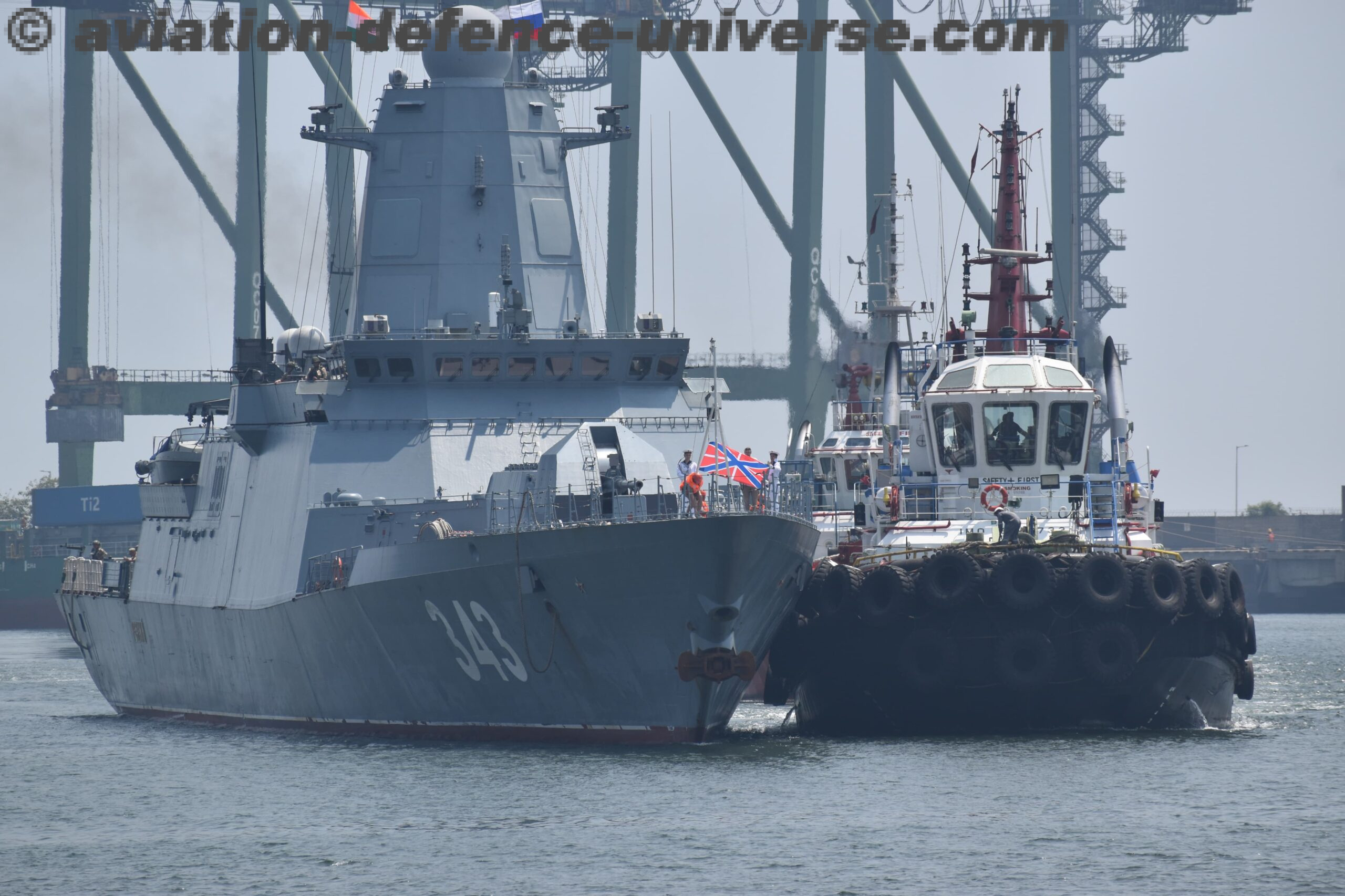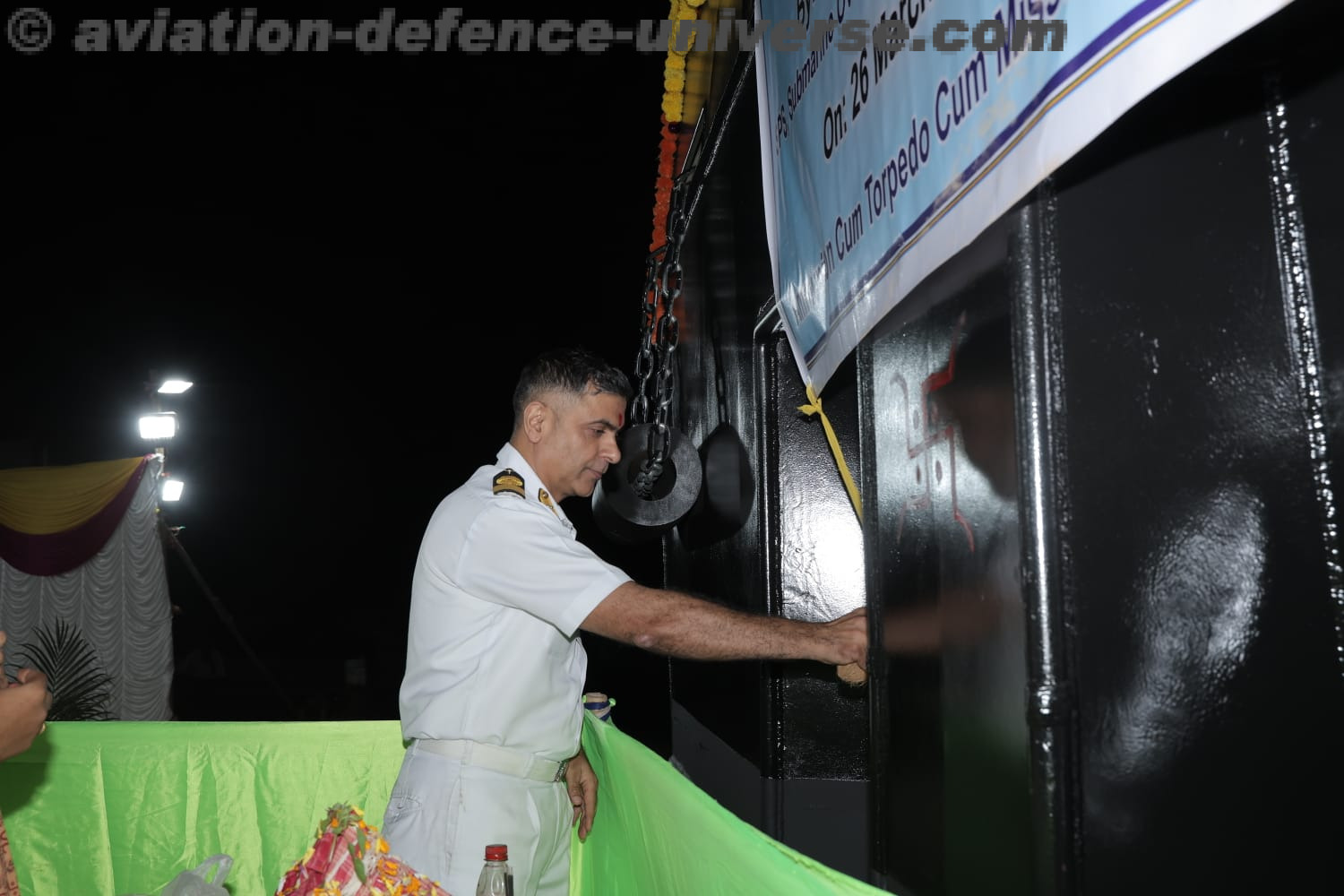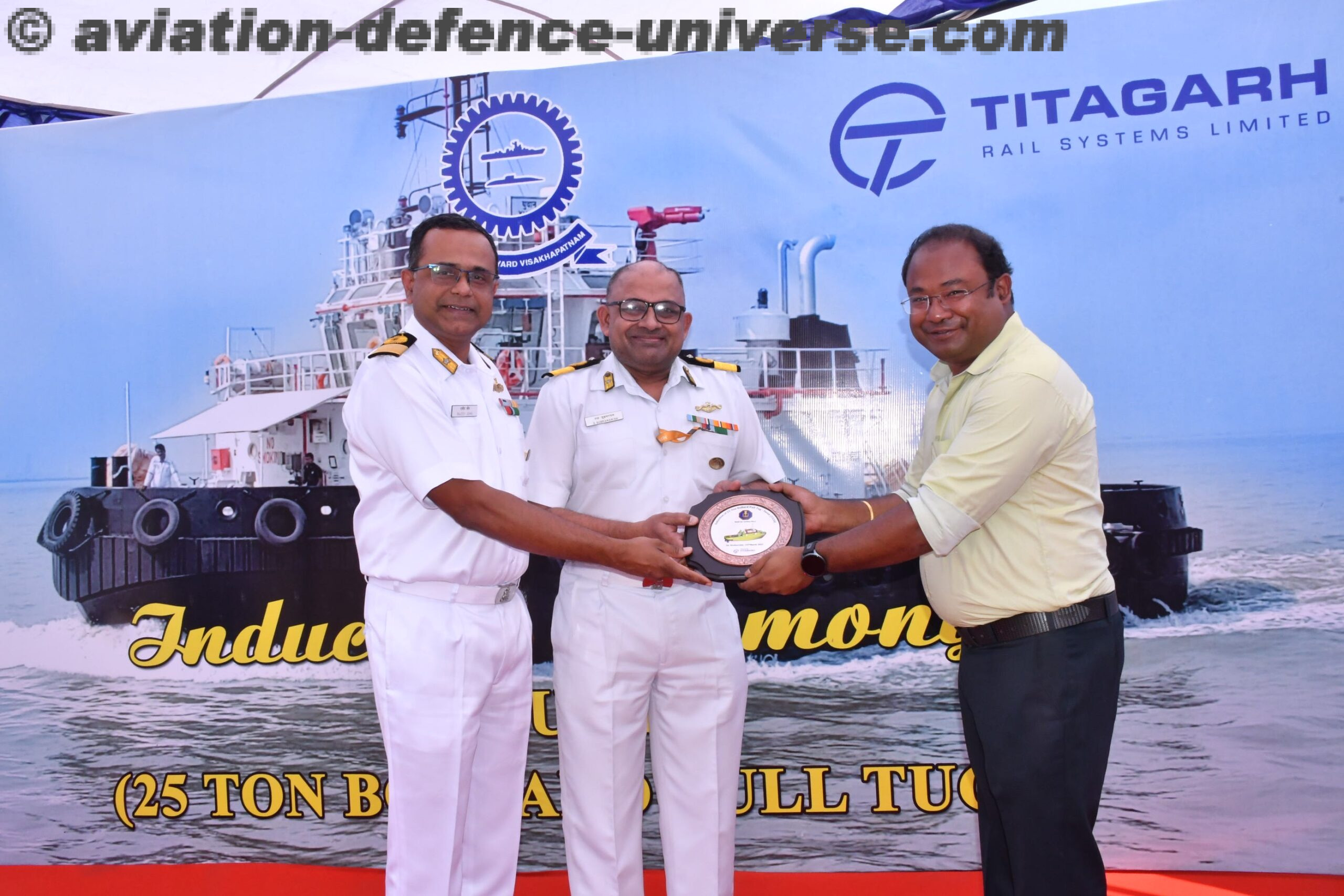New Delhi. 30 November 2018. With so many types of aircraft, helicopters and amphibians operating under UDAN, there will be a huge need to develop MRO capabilities in India. India is a country with English speaking young population and a has the potential to develop their aviation skills. Under the Prime Minister’s Skilling India Programme, several sector skill councils have been established. One such sector skill council is Aerospace and Aviation Sector Skill Council (AASSC). It is the apex body in skill development in the emerging Aerospace and Aviation sector. AASSC has been formed under the Government and Industry led initiative to skill Indian labour force.
Currently with the Indian Commercial MRO Market pegged at US$ 950 million, Business Aircraft, including helicopters, turboprops and jets is pegged at U$ 700 million and the largest chunk of Defence Forces, which includes Indian Air Force, Indian Army, India Navy, Border Security Force, fleet is pegged at over US$ 2 billion. The country’s total MRO Market is pegged at US$ 3.65 billion. This figure is growing rapidly and would touch US$ 5 billion mark by 2024.
The general scenario in India is that most of the MRO work go outside of the country for decades now, despite the country having sizeable MRO capabilities. Of the Commercial aircraft fleet, around 80 per cent of the work goes out of the country; on the Business aircraft fleet similar number of work goes overseas; in the Defence Forces fleet it is primarily managed between the parent force and Hindustan Aeronautics Ltd., however, some western platforms still go out of the country for MRO work.
The Ministry of Civil Aviation has issued the National Civil Aviation Policy (NCAP) in 2016. It was drafted in consultation with all stakeholders including the MRO Association of India. Until then there was no clear-cut policy for the MRO Industry and it was clubbed with Ground Handling Services. Similarly, other industry stakeholder bodies, such as Business Aircraft Operators Association (BAOA), Association of Private Airport Operators (APAO) and Federation of Indian Airlines (FIA) also put in their points. Today, India has a quite comprehensive National Civil Aviation Policy.
Similarly, the MoCA drew up a Regional Connectivity Scheme UDAN policy to connect the hinterlands of the country with airline service. UDAN is an acronym for Ude Desh ki Aam Nagarik (Let the common citizen of the country fly). UDAN is an extension of the NCAP and envisages connecting 410 airports dotted across the country. In addition, the Government is spending billions of dollars in the infrastructure of mobilising these airports. These programme will be in force for the next ten years, starting for 2016. Under UDAN the operators are allowed to operate aircraft from 9-seater to 40-seater as well as helicopters between 5-seater and 13-seater and additionally, amphibian aircraft too.
AASSC has developed the National Occupational Standards for jobs in consultation with the industry in five areas of: Aerospace Design & Development, Aerospace Manufacturing & Assembly, Airline Operations, Airport Operations, Cargo & Ground Handling and Maintenance Repair & Overhaul (MRO).
AASSC represents the aerospace and aviation industry in the ecosystem to ensure adequate supply of highly skilled workforce to meet the demands of the industry. Various skill development programmes, both governmental and corporate, rolled out through its training partners at their training centres.
Maintenance is a major cost component of operating aircraft and significantly affects the overall life cycle cost. As a support service to the aviation industry, the MRO sector will grow with the industry. On an average, the aerospace industry spends more annually on MRO than on manufacturing or development.
Downstream value chain for MRO support will create significant challenges for MROs to deliver value for money and a one-stop shop. There is a need for both the Government and the MRO players to educate and promote new investments in this sector with a view to develop downstream support shops, such as availability of warehousing of aircraft spares and trading companies. With such development of services, large inventory costs and frequent movement of parts outside the country will keep the value for time and money unpredictable


















































































































